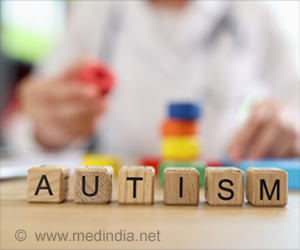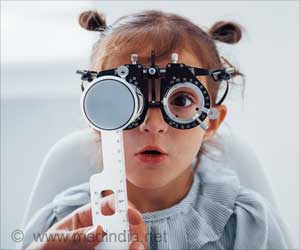New research shows that most infants who miss unmatched audio and video develop autism spectrum disorder (ASD), making them a new diagnostic tool.

‘Physicians may be able to diagnose autism at an early stage with audio-video synchrony, which improves treatment outcomes.’





To study whether these difficulties arise before it is currently possible to diagnose ASD, generally around age 3, the researchers assembled two groups of infants ages 4 to 24 months, one comprised of children whose developmental delays indicate an elevated risk of ASD and the other comprised typically developing children.Audio-Video Synchrony: New Autism Diagnostic Tool
The research findings published in the European Journal of Pediatrics, showed participants from both groups two types of videos with progressively longer time separation between image and sound. The first video featured a ball making noises as it bounced against a wall. The second showed a woman talking.When watching videos of the ball, the two groups performed similarly. When watching videos of the woman, however, the differences were stark. Typically, developing children perceive audio-visual gaps that are, on average, a tenth of a second smaller than those perceived by kids with developmental delays.
Although this result confirmed the researchers’ initial hypothesis, some findings were surprising. The ability to perceive audio-visual mismatch was not associated with vocabulary size in children old enough to have a vocabulary.
If a high percentage of the children who were slowest to identify mismatched audio and video go on to be diagnosed with autism, then audio-visual tests might prove a revolutionary diagnostic tool for a condition that is becoming far more common.
However, scientific validation is just the first step to adoption, he said. Insurers would need to pay for tests, and pediatricians would need to embrace them before they could be used to begin providing support services to children in need.
Advertisement
Advertisement













